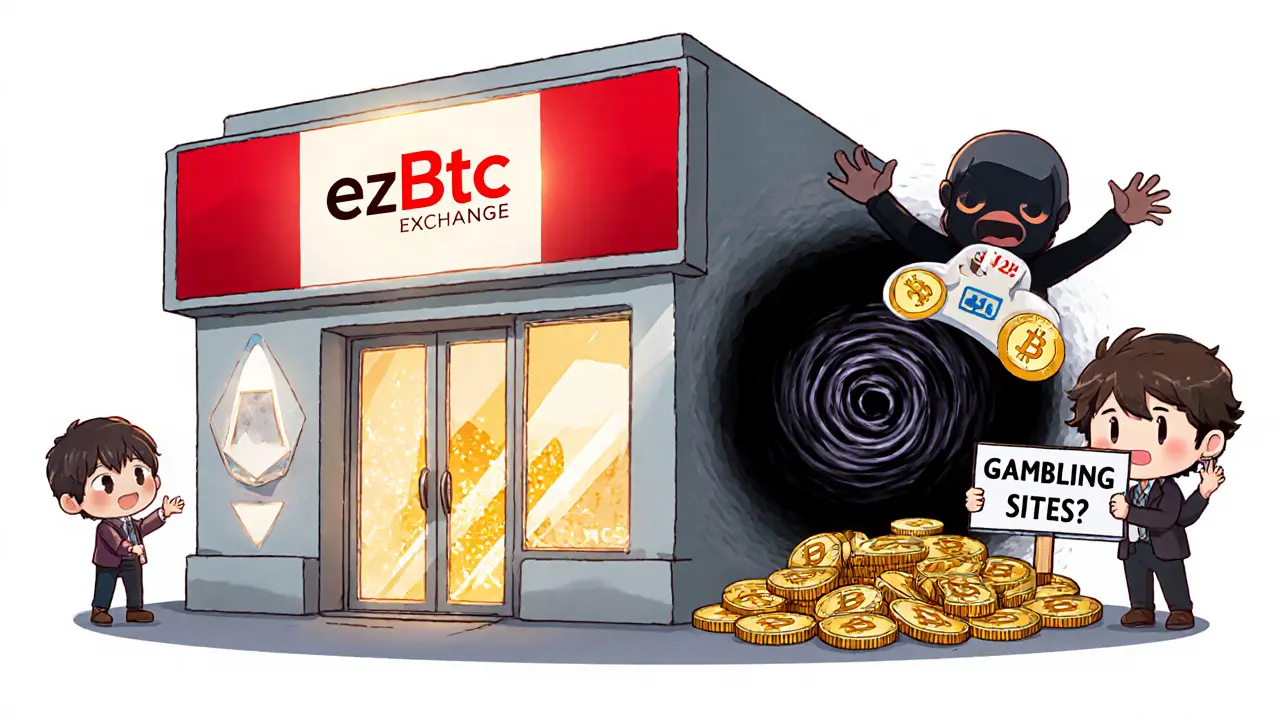Crypto Exchange Fraud: How Scams Work and How to Avoid Them
When you hear crypto exchange fraud, the deliberate deception of users by fake or rogue cryptocurrency platforms that steal funds, vanish without warning, or fake legitimacy to lure deposits. Also known as crypto exchange scams, it’s not just about hacked wallets—it’s about entire platforms built on lies. Think CoinRui, DSX, or KCCSwap—names that once looked real, then disappeared overnight with your money. These aren’t glitches. They’re engineered failures.
Most defunct crypto exchange, a platform that shuts down abruptly with no warning, no refunds, and no way to recover assets. Also known as exit scam, it often starts with flashy ads, fake testimonials, and promises of high returns. Then comes the slow freeze: withdrawals get delayed, support goes silent, and eventually, the site vanishes. The fake crypto airdrop, a fraudulent distribution of non-existent tokens designed to harvest private keys or collect fees. Also known as phishing airdrop, works the same way—luring you into connecting your wallet to a fake site that drains your crypto. You don’t need to be a beginner to fall for this. Even experienced traders got caught by Coinviva and Energiswap before they vanished. What made them convincing? Real-looking interfaces, cloned logos, and fake reviews copied from legit exchanges.
And it’s not just about exchanges. unsafe crypto platform, any service—exchange, wallet, or dApp—that lacks transparency, has no audited code, or hides its team behind anonymity. Also known as rug pull project, it’s the backbone of most frauds. If you can’t find the founders’ LinkedIn, the smart contract on Etherscan, or a real customer support email, walk away. The crypto exchange risks, the real dangers of using unregulated platforms with no legal recourse, no insurance, and no accountability. Also known as counterparty risk, include everything from hidden fees to sudden delistings to outright theft. You won’t find these risks listed in a Terms of Service. They’re buried in silence.
What’s in this collection? Real case studies of exchanges that died. Breakdowns of fake airdrops that looked real. And clear red flags you can check in under 60 seconds—before you click "Connect Wallet" or deposit your first dollar. No fluff. No hype. Just what happened, why it happened, and how to make sure it doesn’t happen to you.

